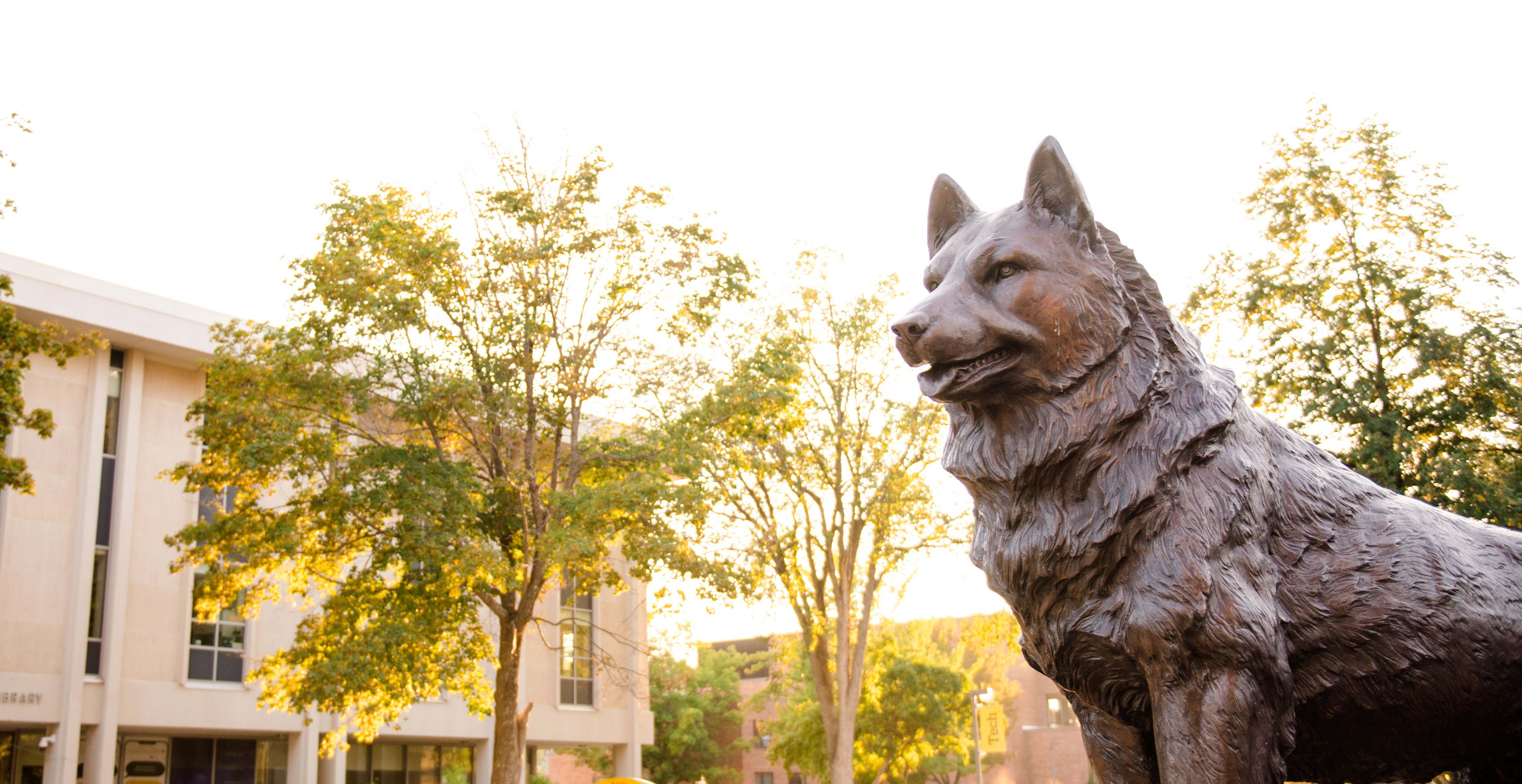Document Type
Senior Thesis
Publication Date
11-21-2024
Department
Department of Biological Sciences; College of Forest Resources and Environmental Science
Abstract
Chondrostereum purpureum is a circumboreal polypore with high potential as a native fungal biocontrol for weedy, deciduous tree species in the Northern Hemisphere. This thesis describes the development of three multi-year studies designed to evaluate the effectiveness of C. purpureum as a management tool for invasive buckthorn (Rhamnus cathartica and Frangula alnus) in Upper Michigan, in a manner that tests a broader range of application methods beyond girdling or cut-stump treatments. Our experiments focused on a) developing a viable liquid inoculum to spray on buckthorn whips and b) creating a symptomatic assessment scale to quantify disease progression of C. purpureum in inoculated trees treated with a small plug or injection of inoculum. First-year data for spray show mixed results; inoculum can successfully infect the wood but may not immediately reduce stump sprouts or inhibit growth for small-sized buckthorn. Similarly, visual symptoms did not develop after one growing season in mature buckthorn trees injected with C. purpureum. For now, it appears that traditional application methods would be most effective. Further evaluation is recommended to understand the physiological responses of buckthorn post-inoculation to fully understand functional implications of application methods.
Recommended Citation
Stone, A. F.
(2024).
Development of Long-Term Studies Evaluating the Potential of Chondrostereum purpureum as a Mycobiocontrol on Invasive Buckthorn.
Retrieved from: https://digitalcommons.mtu.edu/undergrad-work/1

